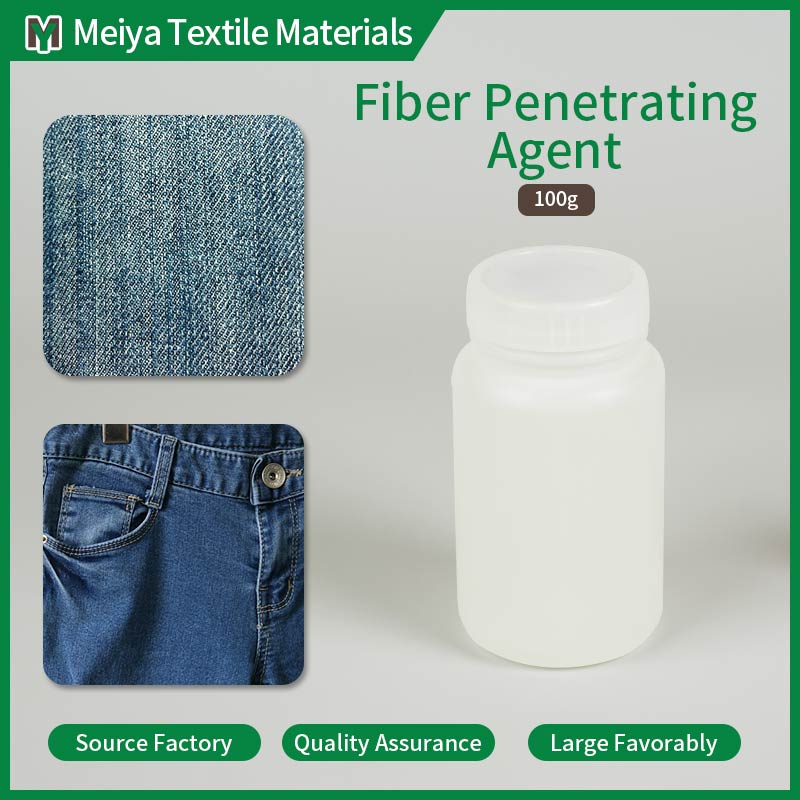Propel Your Fiber Processing With Penetrant for Fiber
In the textile sector, one of the most important factors for the outstanding quality and performance of the finished product is the effectiveness of the treatment agents used in the fiber processing. Penetrant for Fiber has been developed as an additive that assists the penetration of dyes, chemicals and finishes into different types of fibers. It enables superior treatment and uniformity of results of various fabric types and therefore is a necessity for textile producers.
Significance of penetrant for fiber?
penetrant for fiber is a fundamental need for every textile fabricator. It assists in the penetration of treatment agents into the fabric making them more effective. Most fabrics or textiles are made durable and of high quality by utilizing penetrant for fiber. Here is, why it’s important to have it in the textile sector:

Decreased Needles and Wiping Off of Treatments
One of the prime advantages of Penetrant for Fiber is for Woven Textiles; it allows the treatment to penetrate through barriers on the textile surface and also to be absorbed completely. This ensures that during the subsequent finishing processes, when the dried textile is enmeshed with dye, chemicals and solvents, those do not leak off from the edges where stains are cleaned or trimmed off.
Enhanced Fabric Performance and Resistance
Fabrics treated with the Penetrant for Fiber demonstrate an increase in the performance of the fabric and its durability. By increasing the treatment agent’s penetration depth the fading, abrasion, and destruction of the fabric becomes less and less likely to occur. Therefore, textiles are far more durable, exhibit greater color fidelity, and better function for their intended purpose for much longer in the product′s life cycle.
Adaptability Across Various Fabric Fibers
Penetrant for Fiber is suitable for all types of cotton fibers, polyester fibers, synthetic fibers or any blend making it one of the most versatile textile treatment agent. The fact that it is able to be used on various fabrics provides huge advantages to makers who require versatile and efficient treatments that will work on different processing methods of textiles.
Environment Friendly and Reduces Harmful Effects
As the focus on sustainability increases within the textile industry, Penetrant for Fiber provides an environment friendly alternative to the textile manufacturing processes. Its composition is formulated in such a manner that the negative environmental effects are reduced whilst still providing good results, hence it should be ideal for organizations that want to lessen their impact on the environment.
Enhance Your Efficiency in Fabric Production
Applying Penetrant for Fiber is the best way to increase the efficiency of fabric production processes. By equipping fibers and other materials with better penetration and absorption of treatment agents, you have managed to minimize waste and enhance effective utilization of resources. This means cuts in production time and costs, reduction of waste of materials, increased cost efficiency of production while still maintaining target standards in the quality of fabrics.
Industrial applications such as textile or other commercial sectors can gain maximum advantage while using this penetrant for fiber as it helps in providing effective dyeing, finishing or other fabric treatments.
Penetrant for Fiber: Advantages for Fabric Improvement
By adding Penetrant for Fiber to your textile processing, you make it possible for your finished products to meet the highest quality requirements. In regards to fabrics used in clothing, upholstery, or industrial textiles in this sense, this product makes it possible to treat the fibers in a more sophisticated manner which leads to the development of stronger, more reliable and high performance fabrics.
As a result, Penetrant for Fiber becomes an important asset for textile manufacturers who want to increase the efficiency of production processes and finalize fabrics with new improved properties.
